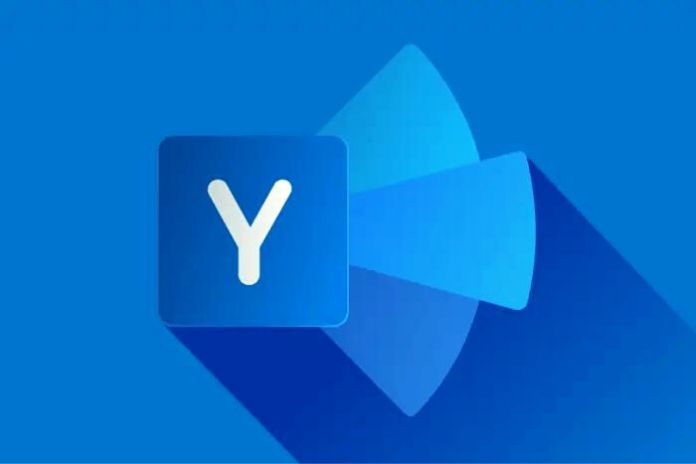We have described it as Facebook for business and, indeed, available via browser or mobile application. Yammer enterprise retains the characteristics common to social networks. Facebook, Instagram, Twitter: how many of us scroll through news feeds every day that keep us glued to our screens to browse and keep up to date? And if that feed on which we are used to spending several hours a day was created ad hoc to share posts with colleagues and different areas of our organization? And again, what if we posted questions and comments on that feed for quick feedback? That’s what Yammer enterprise is here for!
Three Valuable Tips To Get Started With Yammer:
Creation of groups – the flow of communications can be optimized by identifying distribution criteria and distinguishing the collaborators of one’s company into specific groups and subgroups to allow them to follow topics of greater relevance; Real-time communication – not only instant messaging thanks to the presence of a chat but also posts, photos, videos, surveys, and polls, thus realizing dynamics of:
- Top-down communication: the organization can use Yammer to provide news and announcements, share policies and procedures, detect insights, and gather feedback by speaking directly to your employees;
- Bottom-up communication: Employees can get answers to questions by querying Yammer groups without necessarily having to locate a person within them to ask;
- Integration with Microsoft 365: Yammer can also be accessed from Microsoft Teams and several other applications where employees need to find and use it, thus avoiding information leakage.
Similar to Facebook Workplace: the two share the nature of the social enterprise, and in some of their features, they would even seem to recall each other. Are you interested in learning more about which ones? However, this is only the beginning of taking the first steps in an environment where you can feel at home. And the metaphor is not accidental! Indeed, to cross the door, it is, in any case, necessary to have a Microsoft Yammer account by registering through the company email address. Once logged in, you’re done, and using Yammer will be very simple and intuitive.
The first step will be to create a profile with background information to be recognizable and establish relationships with colleagues. A team game that can be formalized by inaugurating narrow spaces for sharing, such as groups – whether public or private. And if the information that interests us is some in particular, no problem: through the “Follow” function, it is possible to follow the people and topics of interest by viewing messages from colleagues more in line with one’s area of expertise on one’s feed. In particular, the feed allows three possible views:
- Top: Most critical to you, based on subscribed items and interactions with content from the Yammer network;
- All: all conversations you have access to within the corporate network;
- Following: Content you’ve actively subscribed to, including conversations you’ve liked, reacted to, or participated in by followers about a topic you’ve chosen to follow or posted in one of your subscribed groups.
Then, if there is interest, there will be no shortage of interaction: interacting with other people’s content is just a click away thanks to the reply function and agreeing on an idea simply by leaving a like. As the nature of the social enterprise wants, managing messages is simple and intuitive through the inbox that allows you to view, assign priorities and organize all the conversations you have participated in or have been mentioned. But he’s not the only one. The internal search engine also comes to our rescue, thanks to which you can quickly find the people, information, and documents you need. Last, a familiar environment reaches its apotheosis thanks to organizations’ ability to customize their social enterprise platform with a corporate look and feel.
Also Read: What Is Organic Search Engine Ranking?

